The “Chinese Ancient Agricultural History of Science and Technology” exhibition covers an area of about 3,000 square meters, the first large general CAM display open to the public. It includes Chinese General History of Agricultural Technology Exhibition and exhibitions on special themes. The history exhibition reflects the development of ancient agricultural science and technology in China. The themed exhibitions introduce achievements on a few specialized agricultural topics.
The “Chinese Ancient Agricultural History of Science & Technology” exhibition has three sections:
The first is Agricultural Technology Development of Ancient China, focusing on the traditional agricultural technology. The exhibition shows the origin and development of Chinese ancient agriculture and animal husbandry from the Neolithic Age to the Opium War (1840), divided into six historic periods:
1. Agricultural technology in the preparatory stage. Ancient agriculture originated from the Neolithic Age (10000 - 4000 years ago).
2. Agricultural technology in the stage of initial formation. Ancient agriculture initially developed in Xia, Shang, and Zhou Dynasties (2100-771 B.C.)
3. The beginning stage of intensive cultivation. Ancient agriculture developed rapidly in the Spring and Autumn Period, and in the Warring States Period (770 B.C. – 221 A.D.)
4. The Formative stage of intensive cultivation in dry fields in northern China. This gradually reached its maturity during the Qin, Han Dynasties and the Southern and Northern Dynasties (221 B.C. – 589 A.D.)
5. The Formative stage of intensive cultivation in paddy fields in southern China. Great developments of agriculture were made in both southern and northern areas of China in Sui, Tang, Song, and Yuan Dynasties (581 A.D. – 1368 A.D.)
6. Further development of intensive cultivation. From the Ming Dynasty to the mid-Qing Dynasty (1368 A.D. – 1840 A.D.), the major methods of agricultural production were multiple operations and multiple cropping.
The second section is Chinese Ancient Agricultural Technology Achievements, divided into nine special topics, including soil exploitation and improvement; farming tools; irrigation; agronomy; gardening (including crop selection and cultivation, vegetables and flowers); herding; veterinary practices; tea; and sericulture, reflecting the splendid achievements of Chinese ancient agricultural science and technology.
The third section is Historical Experience, which presents the historical experience of China’s ancient agricultural development, and gives the visitor insights on future developments. Among exhibits displayed here, there are more than 1300 farming tools from different places, and other historical relics, such as the paddy rice from 7,000 years ago from the site of the Hemudu Culture, Yuyao, Zhejiang Province, and millets from the site of the Yangshao Culture.
The display is based on ancient agricultural cultural relics of China, supported by models, sculptures, paintings, and photos, presenting a general picture of China’s ancient agricultural science & technology, its long agricultural history, and great contributions to human civilization made by the Chinese. The display has received more than 200,000 visitors in all, and has won wide acclaim.
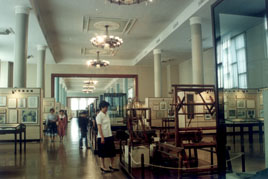
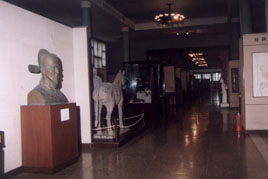
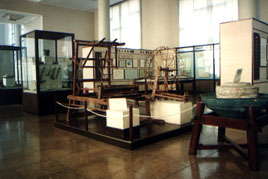
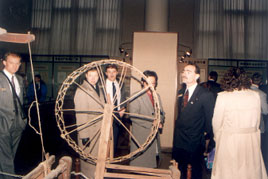
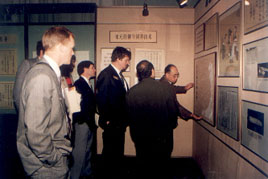
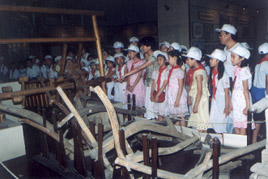
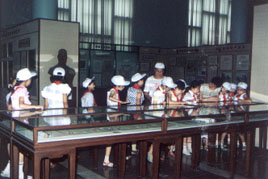
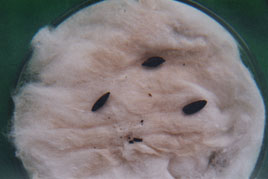

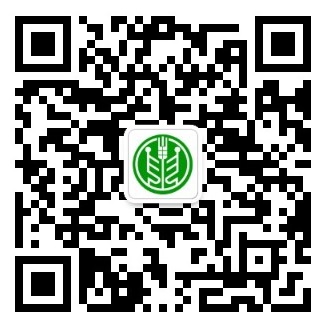

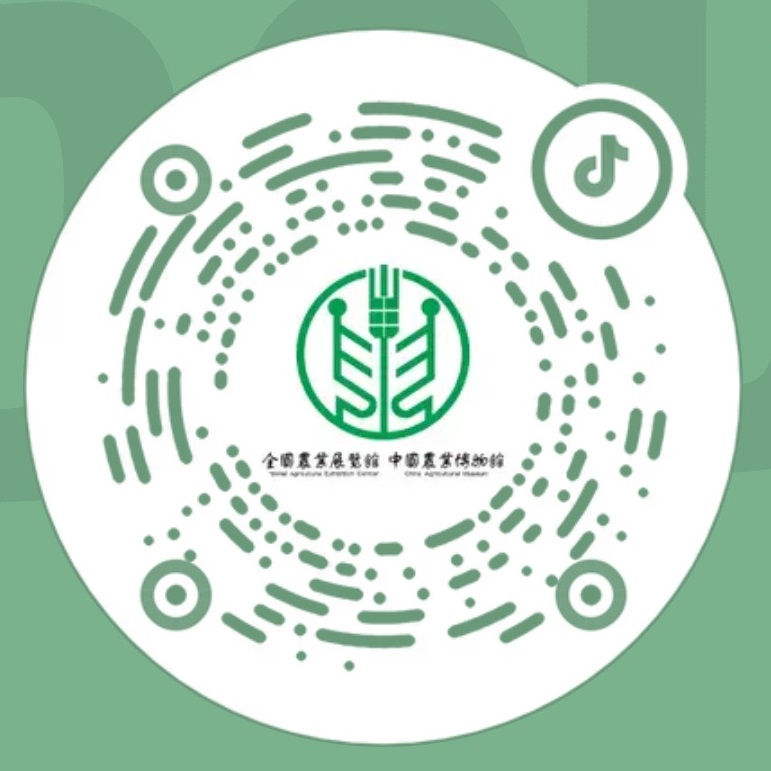
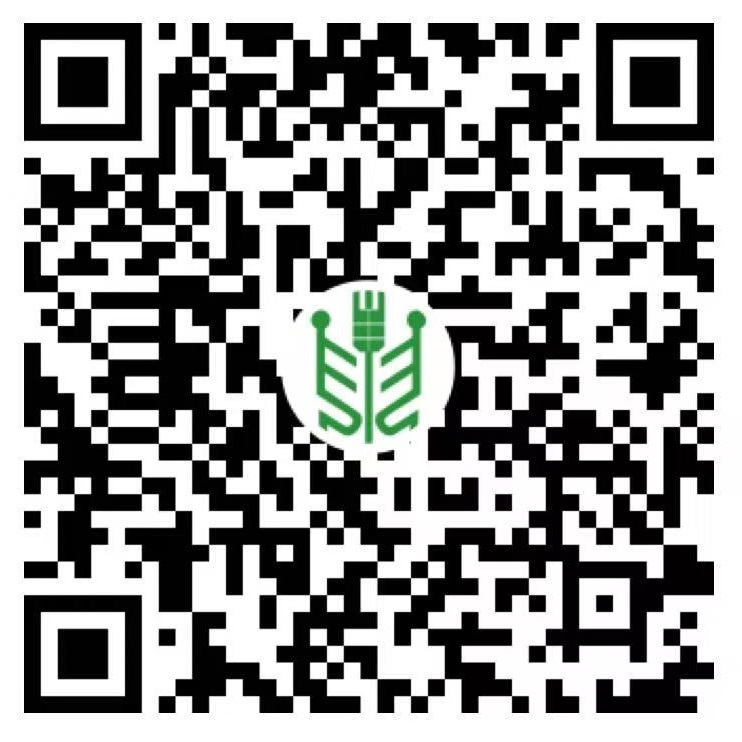









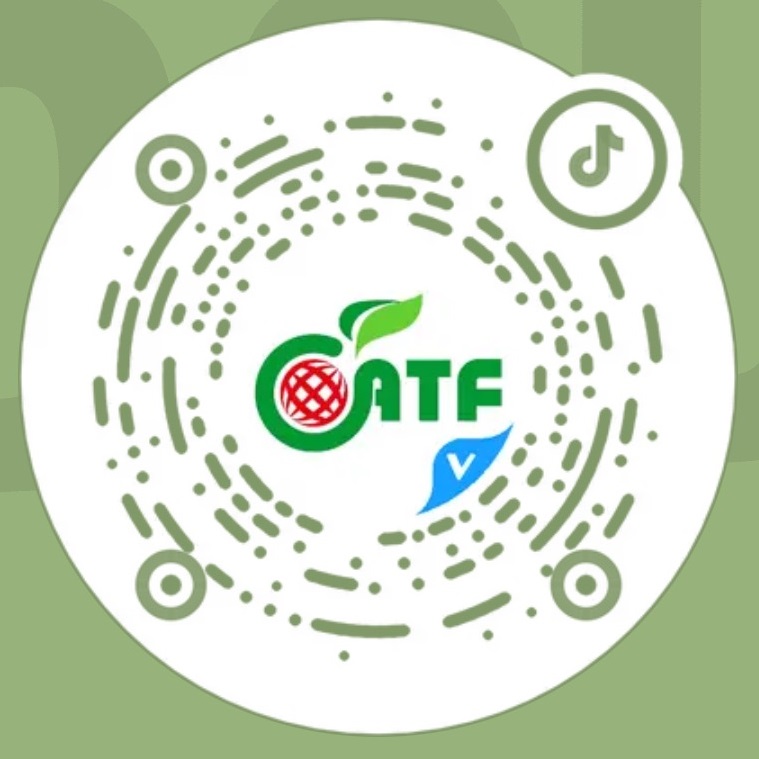

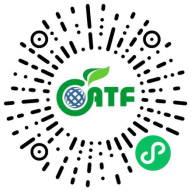

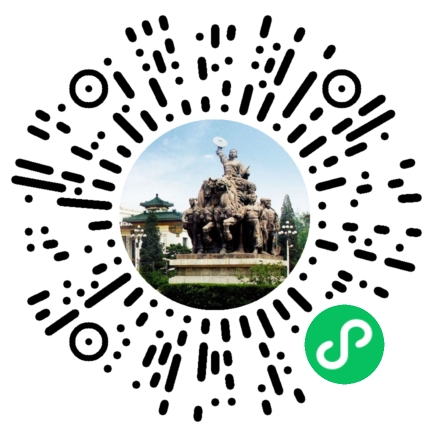

 Index
Index 